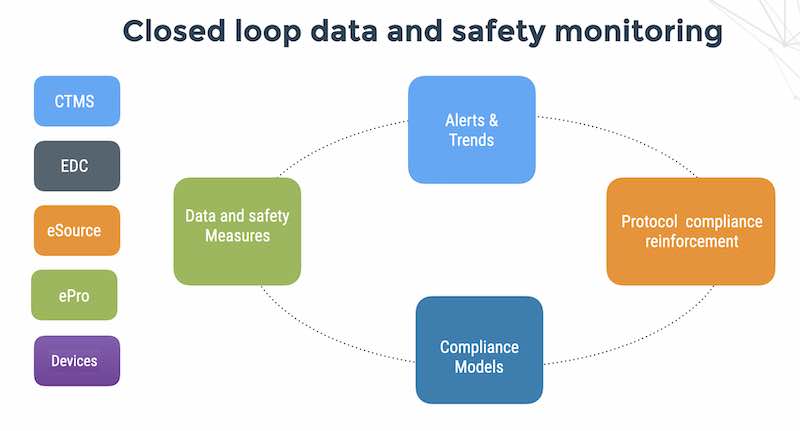Is there a “black-box” risk management solution for your clinical trial? What clinical trial risks are the most important for you and your company?
Risk mitigation and risk management for your clinical trials
What clinical trial risks really count for your company?
No question is more important for implementing an effective program of risk-mitigation and risk management.
The management, IT and security practitioners cannot expect to mitigate risk effectively without knowing the sources and cost of threats to the organization.
We all depend on Web services and apps in order to run our clinical trials and make decisions, no matter how many employees we have.
Whether we are a hospital PI and doing basic science or running a global life science business with 14,000 employees in 40 locations, we use information systems daily to collect and monitor clinical data from patients.
The convention wisdom of clinical trial risk management
The prevailing clinical operations model predicates site monitoring in depth for CRFs and human operation.
The most common clinops strategies are to mitigate risk with SDV, site monitoring and data management reports and dashboards.
SDV, site monitoring and dashboards are reactive countermeasures. SDV detects random data entry errors. Site monitoring, even when performed remotely, is not part of site operational workflow.
And dashboards – if you see a patient safety event in a dashboard, then it is too late.
Are any of these risk controls likely to be effective in the long-term? Can attacks on a clinical trial be neutralized with defensive means only? In other words, is there a “black-box” risk mitigation solution for your clinical trials? The answer is clearly no.
A reactive risk mitigation tool such as risk-based quality monitoring cannot protect exploitation of hardware defects in your connected medical device. Remote monitoring of your clinical trial sites is no replacement for in-depth understanding of company-specific device or patient-therapeutic-specific vulnerabilities.
Flask Data Business Threat modeling is a risk assessment process that employs a systematic risk analysis of business systems along with quantitative evaluation of how well removing defects reduces risk.
Business Threat Modeling is based on four basic tenets:
- Risk analysis for production clinical operations systems
- Quantitative evaluation and financial justification
- Explicit communications between sponsor clinical developers and site clinical operations teams
- Sustain continuous risk reduction
Contact us today and we will help you decide what risks really count for you clinical trials and your business.
